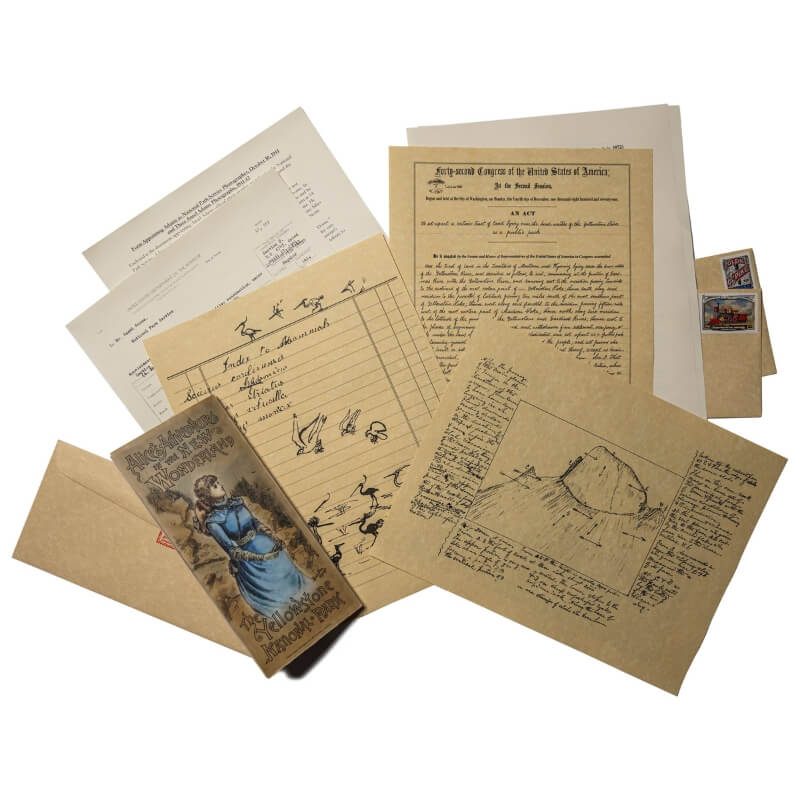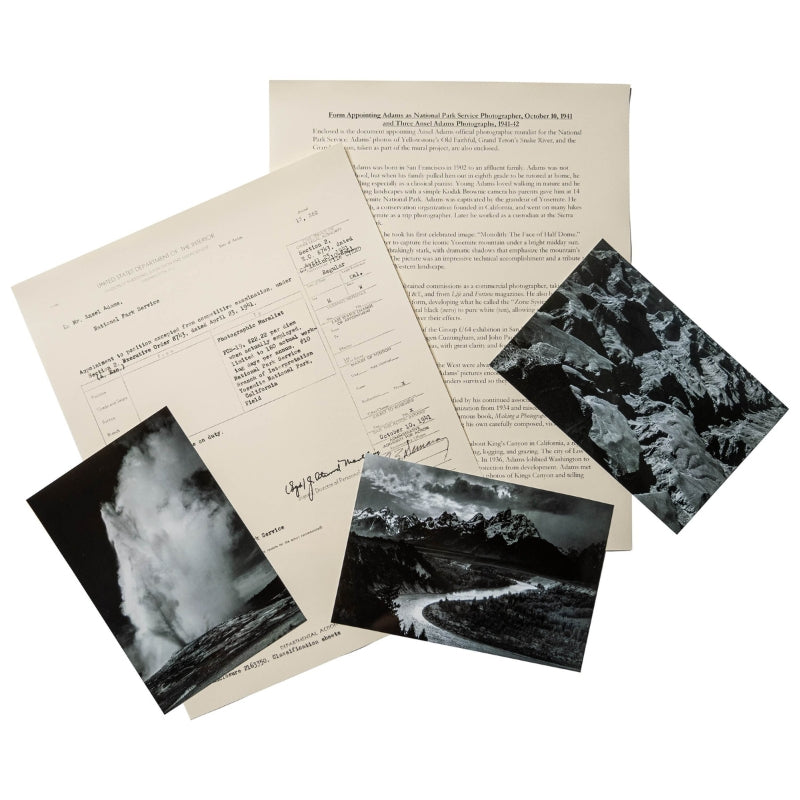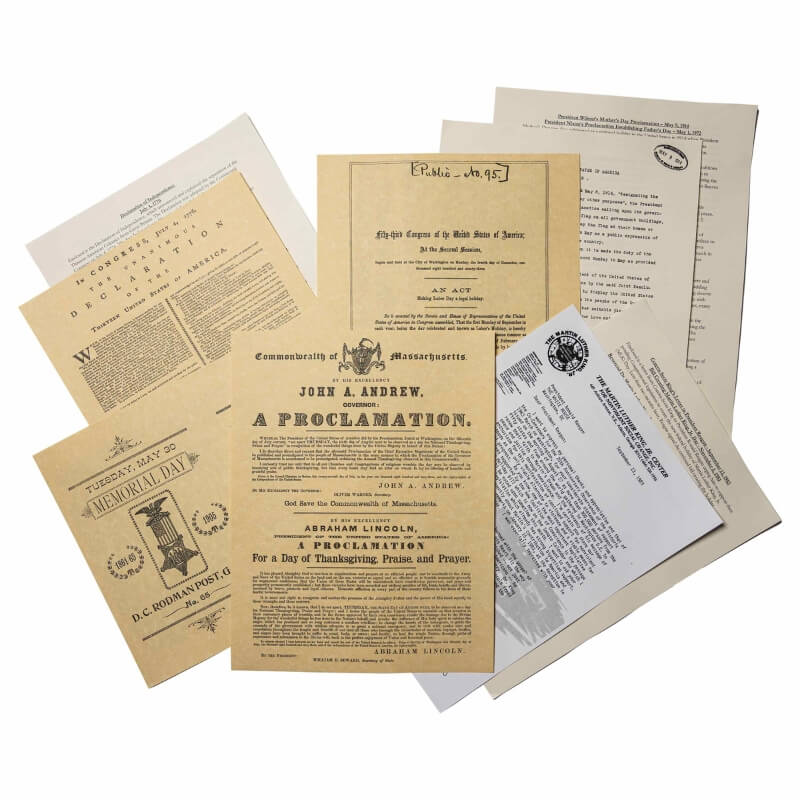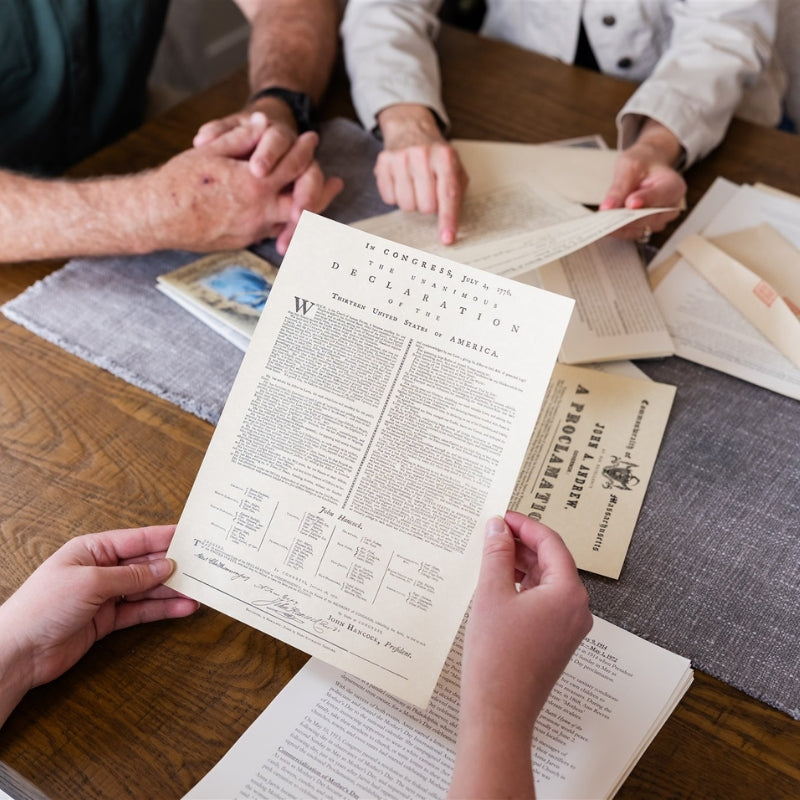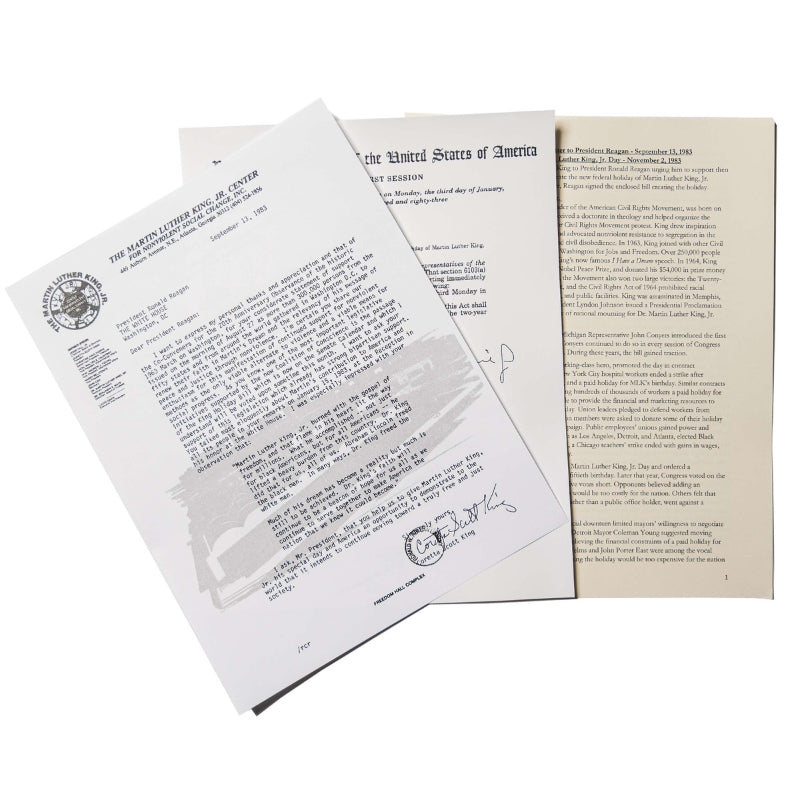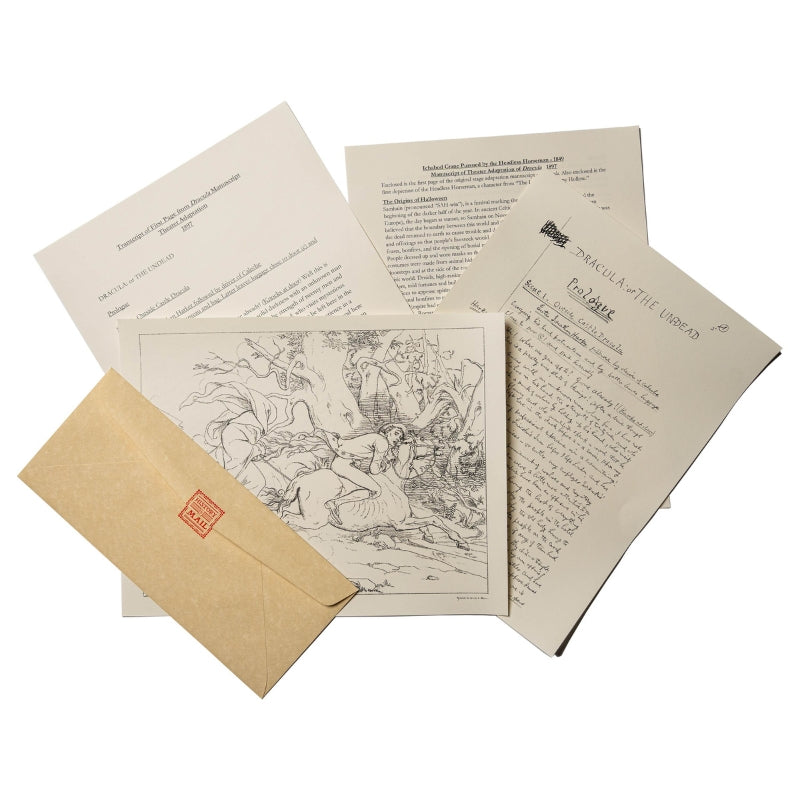In the 1850s, Ann Reeves Jarvis organized Mother’s Day work clubs to improve sanitary conditions for families in western Virginia (later West Virginia). Having lost several of her own children to disease, Jarvis wanted to lower infant mortality by teaching disease prevention measures. During the Civil War, these clubs tended to wounded soldiers on both sides. After the war, in 1868, Ann Reeves Jarvis organized mothers of former Union and Confederate soldiers to celebrate “Mothers’ Friendship Day” to allow the power of motherhood to mollify Union-Confederate rivalries.
Two years later, Julia Ward Howe, abolitionist, suffragette, and author of “The Battle Hymn of the Republic,” wrote the “Mother’s Day Proclamation,” calling mothers to unite to promote world peace. The subsequent year she promoted “Mother’s Peace Day” to be celebrated annually on June 2. Americans in subsequent decades organized independent Mother’s Days in various localities.
After Ann Reeves Jarvis died in 1905, her daughter, Anna Jarvis, was flooded with messages of support for her mother’s work. Anna decided all women needed to be honored for their sacrifices to their families and country, and she believed many women went unnoticed. In 1908, Anna Jarvis organized the first official Mother’s Day celebration at St. Andrew's Methodist Episcopal Church in Grafton, WV on May 10, 1908. Jarvis, however, did not attend the ceremony. Instead, she was present at a parallel ceremony in Philadelphia where she partnered with John Wanamaker, a department store owner, for a Mother’s Day celebration with thousands in attendance.
With the success of both events, Anna started a letter-writing campaign to national newspapers and politicians and created the Mother’s Day International Association to promote the cause of adding Mother’s Day to the national calendar. She campaigned nationally and internationally, writing dozens of letters instructing supporters to wear a white carnation (her mother’s favorite flower), dine with family, take their mothers to church, or write letters to their mothers. Within a few short years, many churches, towns, and even states had started celebrating Mother’s Day annually.
On May 10, 1913, Congress passed a resolution for federal officials to wear a white carnation the following day in observance of Mother’s Day. The next year, Congress passed a law designating the second Sunday in May as Mother's Day and requesting a proclamation from the President. The following day, just six years after Jarvis has organized the first Mother’s Day, President Wilson signed the Proclamation, establishing the second Sunday in May as Mother’s Day.
Check out History By Mail Mother's Day Gift Ideas. Click here.







